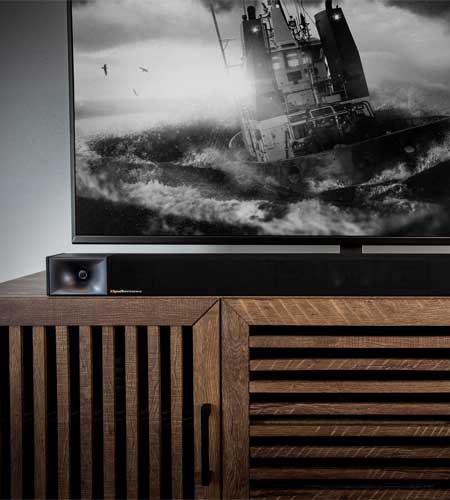Will be Generator osslt 2018 practice test Analysis It Career, Job
16 août 2022What are the A new hockey mineur brossard Investment Greeting card Well worth?
20 août 2022An art onto itself, mixing is a critical step in the post audio process, and one that requires great care and good taste. Mixing involves setting the relative volume levels of all of the tracks, as well as fades and swells . All sounds at the same volume will yield an annoying cacophony of noises competing for the attention of the audience’s ear. Although the location sound department will make every effort to capture a clean, strong dialogue track, many production environments are less than ideal. Hums, pops and hisses or other noise may have been introduced to the sound track and need to be cleaned through the use of filters or equalization.

- It’s primarily through editing that a coherent story with an understandable narrative is created.
- Sound editors do not add frequencies but rather focus on removing the barrier frequencies that are causing the problem with the audio.
- If you make the video for your brand, you will typically use the end card to highlight your brand’s name, logo, and any additional links, like a homepage, or email sign-up form.
- In these cases, it’s important to know what format that festival requires/accepts (Stereo, 5.1, 7.1, etc).
- Many video editors receive a shot log from the camera crew with each delivery of clips, which they use to organize the footage.
- Meanwhile, when you choose to create a score, the music is created specifically for your film and licensing music will no longer be an issue.
Music has a multitude of factors that make even a small edit noticable if not done correctly. Tempo, rhythm, instrument decay, and sustain are just a few factors that can throw off the pacing and groove of the music and the project as a whole. On the lower end, and even on some high-end films, After Effects is common for finishing because of its low price tag but broad feature set. Davinci Resolve is another affordable option which, with the addition of Fusion, is now a capable finishing tool as well as color grading application.
Final Cut Pro X Essentials
Streaming services belen rueda hot like YouTube and Vimeo provide guidelines for how best to export. You can change the resolution, size, format of your video when you export it. Check this post The Best Video Aspect Ratio for YouTube, Instagram and Facebook for more information. Besides, here we will recommend you an amazing free video post-production software – MiniTool MovieMaker, which is easy to use no matter what your skill level. Now that you have tracks of sound you must layer them on top of each other to artificially create a feeling of sound with depth. The second stage, production, is right after you get financing.
Video Distribution
For example, if you are watching a scene where the person speaking is inside a car, but the camera isn’t, there is a choice to be made. 2 pop is an industry-standard 1kHz tone that is one frame long. This is used in many scenarios but most importantly it is there to confirm sync with Picture through a leader. The 2 pop is placed 2s before the first frame of Picture where there should be a 1 frame visual 2 pop too. This has had its benefits, however, from a purely post workflow standpoint.
If you’re looking to get the absolute best color that you possibly can out of your sensor, however, your best bet is to shoot raw with low or no compression. The balance you have to consider when choosing a color space is the same balance that we’ve discussed when talking about bit depth and codecs. Every camera, when it records data, has to record it into some kind of color space (unless it’s raw video, in which case you’re able to choose your color space later).
Lights, Camera, Edit!: Joel Viertels adjustment To Cutting On
In the past I’ve always used Izotope 3 to de-noise my dialog but have to say that the Noise Reduction effect inside Audition CC gives me equal results in normal situations. Adding a blue undertone to your scenes gives a more night time vibe and is often used in crime based, horror and thriller movies. Color correction can really change the look and feel of your movie/series. It adds to the consistency of the film and has the potential to change the entire feel and mood. So, these variations in sound will be completed in the procedure of sound mixing. Your editor will show you draft after draft unless you reach that one draft which will be perfect.
In addition to the visual QC process, many video endpoints have automated QC applications to check the media files for potential issues that may not be seen visually. In response to this, many media creation facilities have adopted the same QC tools for use in-house to avoid the failing at an outside facility. Many of these tools also have the ability to “fix” the media file errors they find. However, these automated QC systems may not recognize that when a flag is triggered, it is an artistic decision as opposed to an error. This is another reason why a visual QC is also strongly encouraged. Some even support various versions of editing or mixing surround (5.1, 7.1, etc.).
